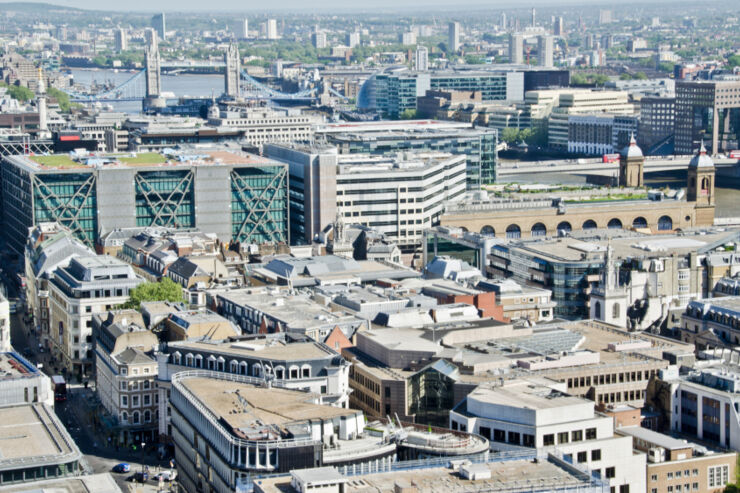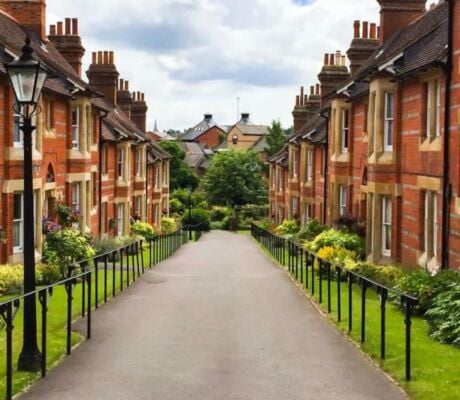With Transport for London finally beginning its consultation on Crossrail 2 this week, ‘the Crossrail factor’ is once again creating a buzz in the market. With the announcement of the route – from Cheshunt to Epsom, Chessington and Shepperton – comes renewed speculation about the potential effect of Crossrail on property prices around the new stations.
Stations connected by Crossrail 2 will include New Southgate, Wimbledon, Tottenham Hale, Hampton Wick and Twickenham. At the moment, average house prices in New Southgate are £415,000, 31% higher than the average across the rest of Enfield. The Wimbledon average stands at £500,000, 22% higher than for the rest of the borough. But it is a very different picture at the moment for other stations on the line: prices around Tottenham Hale are 29% lower than the borough average, and property in Hampton Wick is also a comparative steal at 22% lower than average. In fact, the majority of the areas on the Crossrail 2 route are currently much cheaper than the rest of their postcodes.
Is all that about to change? Land and Property Director Ian Lindsey has said he expects Crossrail to add in excess of £5 billion to property values across the route.
Crossrail 1 is generally acknowledged to have raised property prices around its stations-to-be. In some areas that is certainly true; house prices in Farringdon have risen to £305,000 over the postcode’s average. The area around Liverpool Street has seen similar jumps.
But for the rest of the route, it has not always been the case that the coming of Crossrail equals higher property prices. In 2004, when plans for the line were announced, prices in Chadwell Heath were £50,000 under the average for the area. Now, despite the imminent arrival of a Crossrail station, they have slipped further to more than £100,000 under average.
Whatever the experts have predicted, actual data paints a slightly muddled picture of the effect of Crossrail on property prices. But if you own or have in the past few years bought a property along either of the Crossrail routes, you should be feeling well satisfied.
That seems to be particularly true of areas in Zones 1-3. Whitechapel and Ealing have both been tipped as up and coming property hotspots, with recent figures suggesting that prices in Ealing will rise by almost 50% by 2020. These areas are currently close enough for a reasonable commute but much more affordable than central London. People who live there are about to see their journey times into the city slashed. Woolwich to Bond Street, for instance, will be an oft-quoted 20 minutes.
It is not just the arrival of the stations themselves but the development of the surrounding areas which is so exciting. The railway is arguably how London grew in the first place, and its expansion has always meant regeneration above ground as well as below. Smart investors will be keeping a close eye on the Crossrail factor as the market responds to TfL’s latest consultations.




